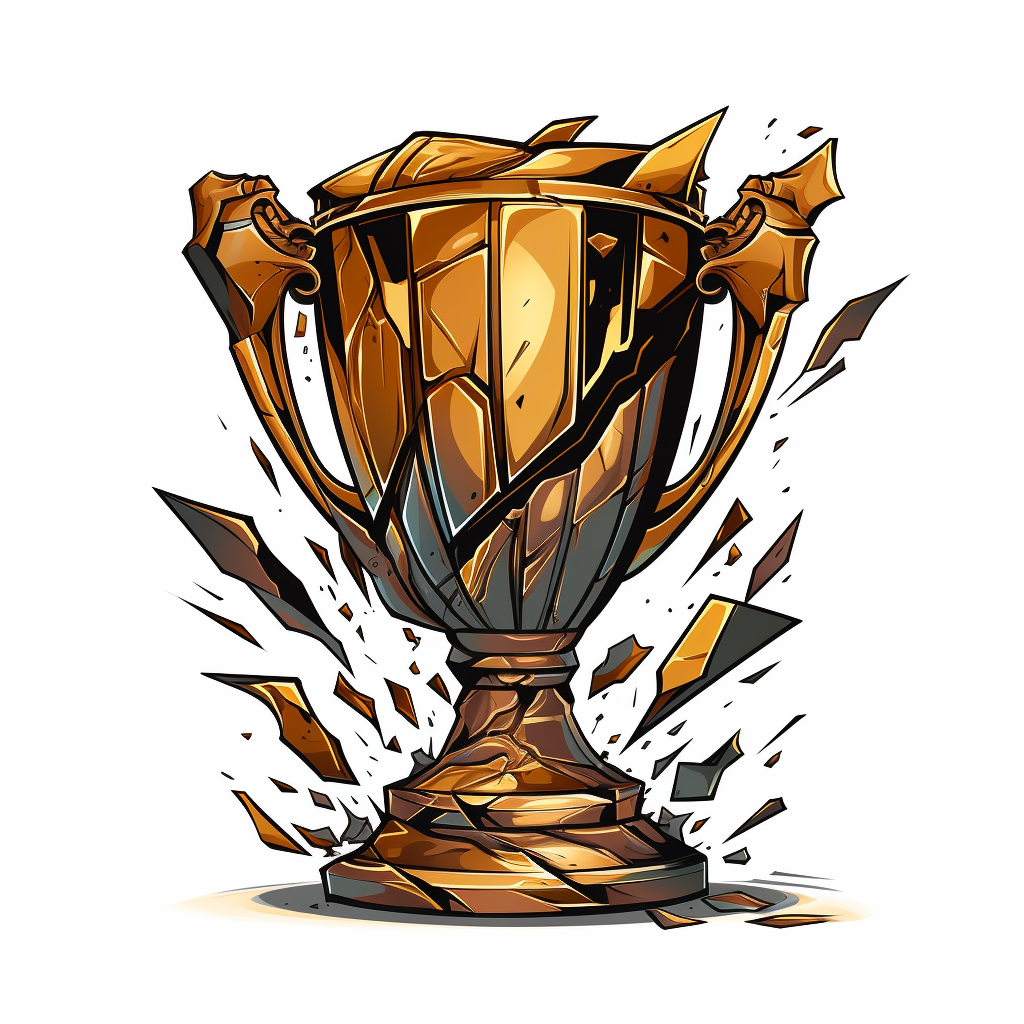Competitiveness in Leadership: Balancing Ambition and Teamwork

Competitiveness in leadership refers to an intense desire to outperform others and be the best.
While a certain level of competitiveness can drive excellence, overemphasis on it can undermine collaboration, and team cohesion, and can create a cutthroat environment.
How Competitiveness Manifests in Leadership
Excessive competitiveness in leadership often appears as a relentless drive to win at all costs, prioritizing personal or organizational achievement over collective success. It may lead to dismissing the contributions of others, overruling team decisions for personal gain, or viewing every situation as a win-lose scenario.
Identifying Competitiveness
- In Yourself: Reflect on whether your drive to succeed overshadows team goals or leads to conflicts.
- In Others: Observe if a leader often takes credit for collective achievements, pushes aggressively for results at the expense of team well-being, or consistently prioritizes personal advancement over team or organizational goals.
Addressing and Calling Out Excessive Competitiveness
- Constructively address overcompetitiveness by focusing on its impact on the team and overall goals.
- If you’re impacted by a leader’s competitive nature, express your concerns professionally, highlighting the value of collaboration and collective success.
Managing Competitiveness When Directed at You
- Focus on your contributions and maintain a collaborative approach.
- Seek support from peers or mentors to navigate through competitive dynamics.
Working on Competitiveness
- For Individuals: Channel competitive energy into achieving personal bests rather than comparing with others. Focus on collaborative success and recognize the contributions of others.
- For Teams: Promote a culture of mutual support, collective achievements, and recognize teamwork just as much as individual accomplishments.
Scenarios and Case Studies
- Scenario: A team leader consistently dismisses ideas that aren’t their own, leading to decreased team morale.
- Case Study: A sales manager, known for their ultra-competitive approach, shifted focus to team-based goals and incentives, resulting in improved team dynamics and increased overall performance.
While a competitive spirit can be a driving force, unchecked competitiveness can be detrimental to team harmony and collaboration. Leaders must strive for a balance, ensuring their competitive nature fosters a positive, achievement-oriented environment.
Actionable Takeaways
- Reflect on how your competitive nature influences your leadership style and team dynamics.
- Encourage a team environment where healthy competition exists alongside strong collaboration and mutual support.
- Celebrate team achievements and foster a sense of collective success.
Leaders who successfully balance their competitiveness with a commitment to team success can create an environment where everyone is motivated to contribute their best, leading to sustainable and shared achievements.



